Alexandra Holownia, a European fashion designer, soft sculptor, and performance artist, engages with female desire, fetish, and corporeal expression through garments saturated with symbolic materials—most iconically, her red gowns embellished with thousands of vulva-like folds. This essay explores Holownia’s aesthetic activism and its uncanny parallel to the South Asian myth of Ahalya, particularly the narrative involving the god Indra’s punishment of bearing a thousand vulvas on his body. By comparing Holownia’s embodied work with the myth’s treatment of feminine agency and transgression, this article argues that her practice reclaims eroticized objecthood as a radical, feminist site of meaning-making and resistance.
1. Introduction: The Wetness of Memory
In an era where the body is hyper-surveilled, commodified, and sterilized by normative aesthetics, Alexandra Holownia’s art appears as a rupture—a deliberate saturation. Her signature red garments, which appear soaked or adorned with thousands of vulva-like forms, not only destabilize the fashion world’s sanitized femininity but also demand a confrontation with the discomfiting sensuality and politics of female desire. Her work straddles sculpture, costume, and embodied performance, materializing a feminist poetics that aligns with what scholar Amelia Jones refers to as body art as a field of critical identification (Jones, 1998). But beyond her local contexts and European lineage, Holownia’s performances also invoke uncanny mythological resonances—most notably, with the South Asian myth of Ahalya and the punishment of Indra with a thousand vulvas.
2. Myth, Fetish, and the Feminist Grotesque
Holownia’s aesthetic methodology draws from what Julia Kristeva terms the “abject”—a blurring of bodily boundaries where the inside spills out, where wetness disrupts containment, and where the vulva—typically a concealed fetish—becomes a ubiquitous sculptural motif (Kristeva, 1982). Her work makes the hidden hyper-visible. In doing so, she turns the fetish inside out, no longer a site of male fantasy or lack, but a proliferated excess—a thousand-fold reminder of female presence.
This repetition bears a mythic echo. In the Padma Purana, the god Indra, punished for his extramarital deception with the sage Gautama’s wife, is cursed to lose his phallus and carry a thousand vulvas on his body. Ahalya, the woman at the center of this transgression, is turned into a skeletal figure—an allegorical death of female agency. The punishment afflicts both the desiring male and the desired woman, but with unequal terms: the man is transformed grotesquely yet retains movement, while the woman is rendered inert and shamed.
Holownia’s work, when viewed in this light, emerges not merely as contemporary feminist sculpture, but as mythic resistance: a re-animation of the petrified woman. Her wearable installations of wet, flesh-like folds resemble the dispersed curse once placed upon Indra’s divine body—yet here, the thousand vulvas do not mark shame. Instead, they reassert multiplicity, vitality, and agency.
3. Embodied Resistance: From Ahalya to Alexandra
Ahalya, in much of South Asian mythology, is denied subjecthood. Her transformation into stone signifies a broader cultural act of female silencing in the wake of sexual accusation. Yet modern retellings and feminist reinterpretations of Ahalya—from Tagore to contemporary theatre—have sought to reclaim her narrative. Holownia’s works can be seen as operating within a similar project of reclamation—though from an entirely different cultural vantage point.
Holownia’s aesthetic feminism amplifies, rather than obscures, the flesh. She stages bodies not as pure or symbolic forms but as matter-in-motion, erotic and irreverent. Her garments act as both second skin and skin-shedding—the boundaries between costume and sculpture blur, much like the boundaries between myth and womanhood, desire and shame.
Crucially, she does not illustrate myth but echoes its affect. The thousand vulvas that once punished Indra are not reimagined as sacred symbols but are instead wielded as aesthetic provocations—disrupting the gaze, overwhelming normative taste, and eroticizing what has been culturally coded as grotesque. This is what feminist scholar Elizabeth Grosz calls “a corporeal feminism”—a politics that emerges from the body’s messy materiality, rather than abstract ideology (Grosz, 1994).
4. Performance as Protest: Deconstructing Patriarchal Rituals
In performances like “Marriage Scary,” Holownia critiques the institution of marriage and its associated gender roles. By transforming traditional symbols—such as the white wedding dress—into grotesque representations of patriarchal control, she exposes the underlying power dynamics and societal expectations imposed on women. These performances serve as acts of resistance, questioning the legitimacy of rituals that perpetuate gender inequality .Website-Titel
5. Global Engagement and Cultural Dialogues
Holownia’s art transcends borders, engaging diverse cultures and audiences across Europe, Africa, and Asia. Each of her performances is thoughtfully adapted to local contexts while preserving a powerful and consistent feminist voice. This global engagement not only broadens her reach but also nurtures meaningful cross-cultural conversations around gender equality and women’s rights. Holownia’s distinctive blend of aesthetic activism—boldly challenging societal norms and reclaiming narratives around female sexuality, she disrupts dominant power structures, prompting reflection on gender, identity, and authority. Her work stands as a compelling testament to the transformative role of art in advancing social justice.
6. Conclusion: Aesthetic Activism and the Afterlife of Myth
Holownia’s practice must be understood as aesthetic activism, a form of embodied protest against the cultural narratives that fix women’s bodies as either fetish or failure. By proliferating the vulva, by soaking red fabric in symbolic wetness, by crafting a hyper-saturated feminine visuality, Holownia not only reclaims the objectified female body—she weaponizes it.
Her work is not an answer to the myth of Ahalya, but a myth from the other side of the world. In both narratives, the female body becomes a site of symbolic violence and resistance. Holownia’s intervention, however, undoes the stone curse. Her work dances, drips, and defies petrification.
Bibliography
Wikipedia. “Indra.” https://en.wikipedia.org/wiki/Indra
Grosz, Elizabeth. Volatile Bodies: Toward a Corporeal Feminism. Indiana University Press, 1994.
Holownia, Alexandra. “Interview with Alexandra Holownia.” Artist Close Up, 2021. https://www.artistcloseup.com/blog/interview-alexandra-holownia
Jones, Amelia. Body Art/Performing the Subject. University of Minnesota Press, 1998.
Kristeva, Julia. Powers of Horror: An Essay on Abjection. Columbia University Press, 1982.
Padma Purana (Translated excerpts available through public domain and secondary mythological commentary)

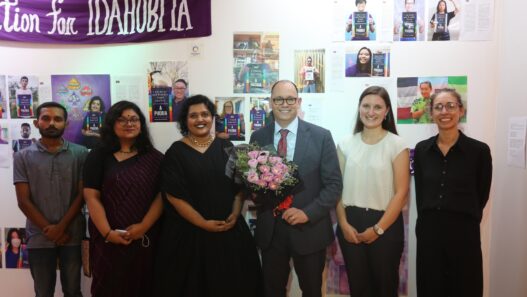






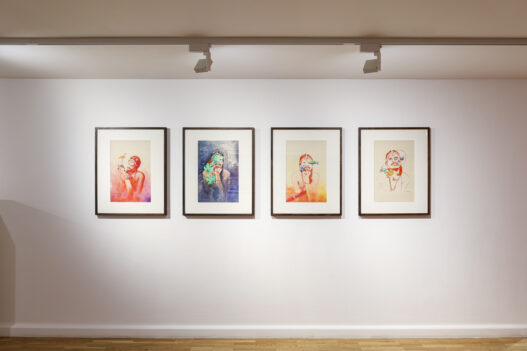


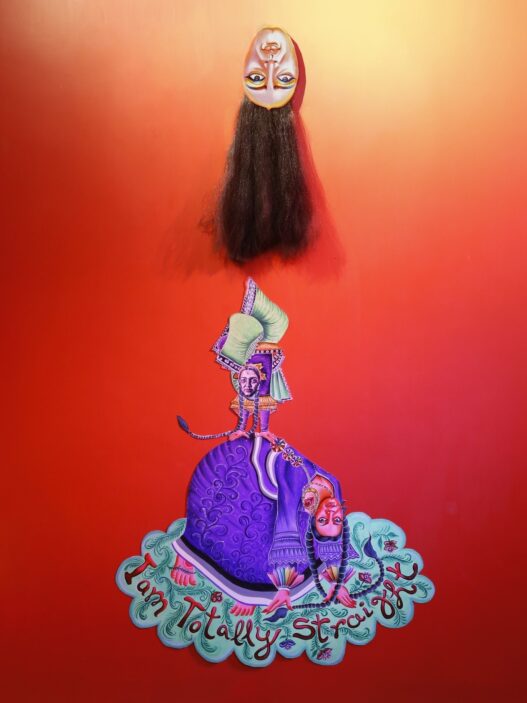
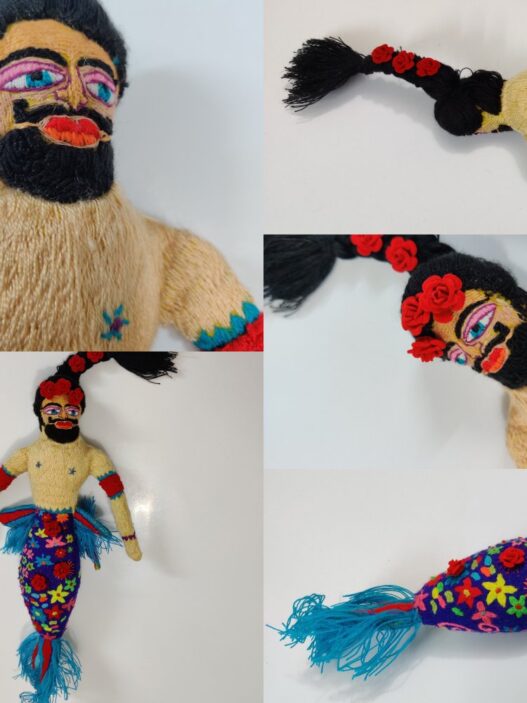

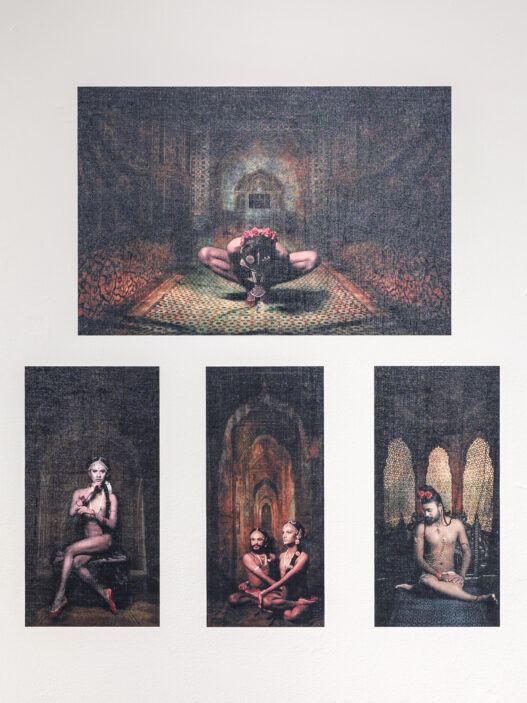
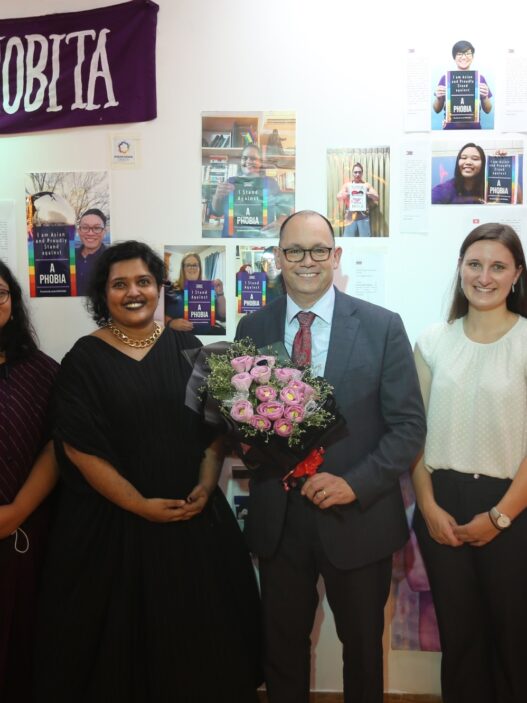

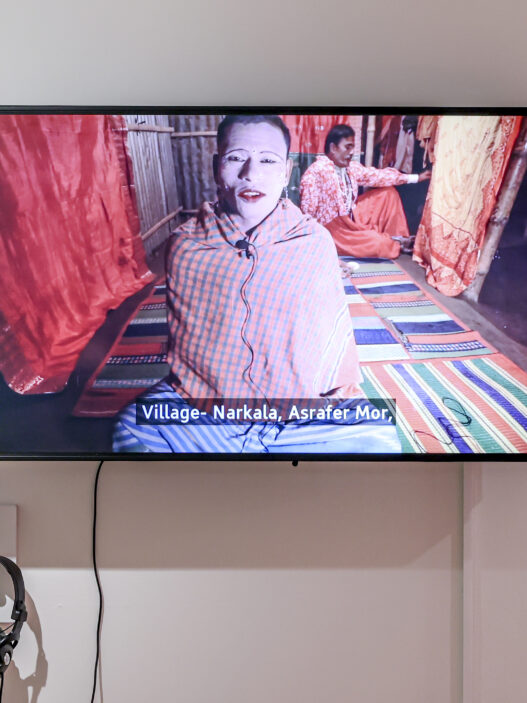
Hi, this is a comment.
To get started with moderating, editing, and deleting comments, please visit the Comments screen in the dashboard.
Commenter avatars come from Gravatar.